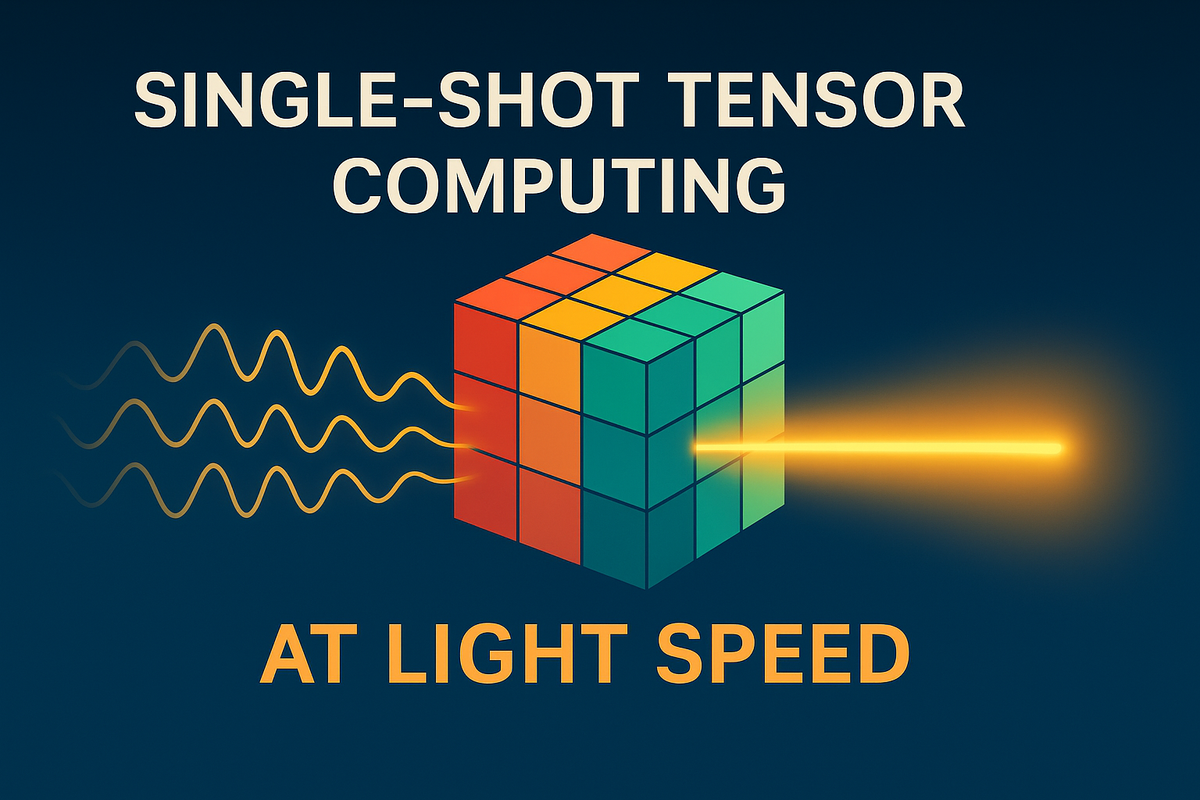Could AI operate at the speed of light?

In a leap toward the future of AI hardware, scientists at Aalto University have demonstrated a method to perform complex tensor calculations using light—instantly. Their research breakthrough, published in Nature Photonics, could reshape how we build and scale artificial intelligence systems.
Tensor math underpins everything from image recognition to language models. But as AI workloads grow, traditional computing hardware like GPUs are hitting hard limits in speed, scalability, and energy use. That’s where light comes in.
The research team, led by Dr. Yufeng Zhang, developed a technique called single-shot tensor computing. Instead of processing data line-by-line like conventional electronics, this approach encodes information into the amplitude and phase of light waves. When these optical waves interact, they naturally perform the kinds of tensor operations AI depends on—instantly and in parallel.
By introducing different wavelengths of light, the researchers pushed their system even further, enabling higher-dimensional tensor computations that are typically computationally expensive on digital platforms.
This light-speed processing could pave the way for new kinds of AI chips—powered not by silicon and electricity, but by optics and photons.
If scaled, this technology might lead to ultra-efficient, light-based AI processors that could fit into everything from smart glasses to autonomous vehicles, unlocking real-time intelligence with virtually no energy cost.
